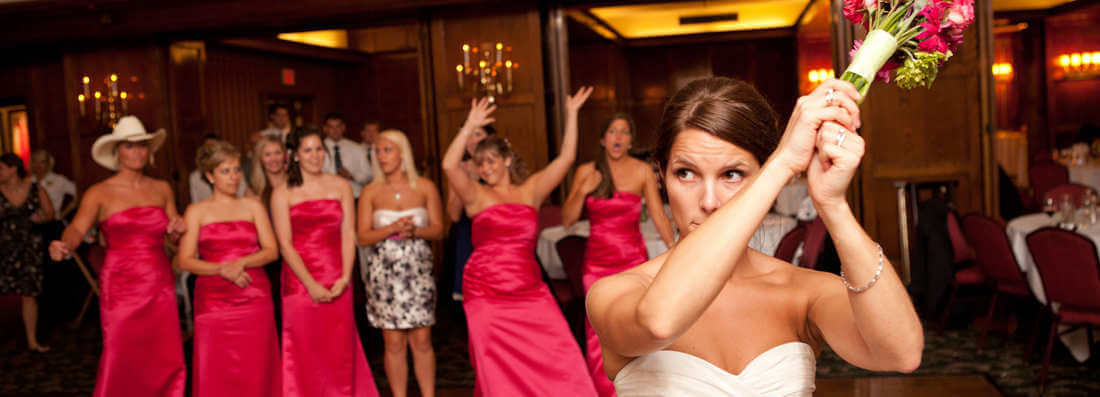
Throwing the Bouquet
Origin: England
In 14th century Europe, it was common for Wedding guests to rip off sections of the bride's dress for good luck
To prevent this, brides started throwing the garter instead.
This led to guests, especially men, attempting to rip the garter off.
Eventually it became tradition for the groom to remove and throw the garter and the bride to throw the bouquet.
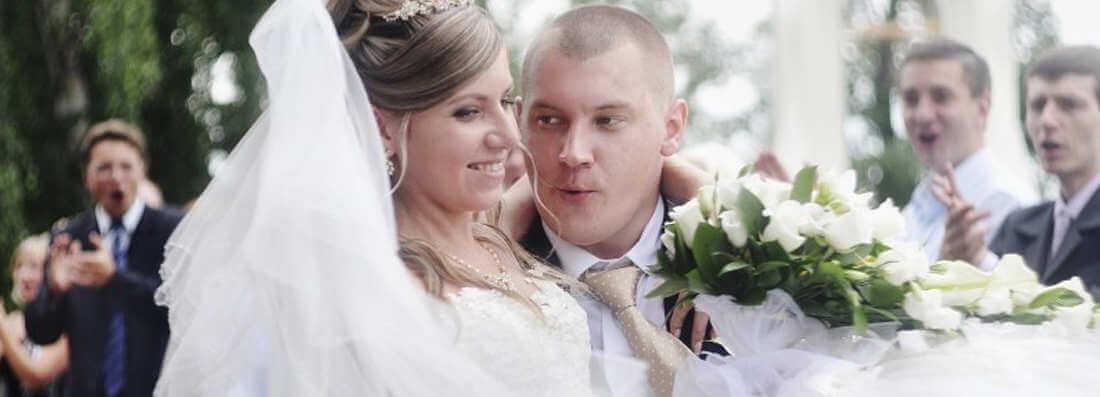
Ransoming The Bride
Origin: Romania
In Romania, it is tradition for the groom's friends to 'kidnap' the bride from the reception.
They drive her to an undisclosed location and negotiate a ransom, usually alcohol, with the groom.
Once a deal is struck, the kidnappers return the bride to the reception in exchange for their payment.
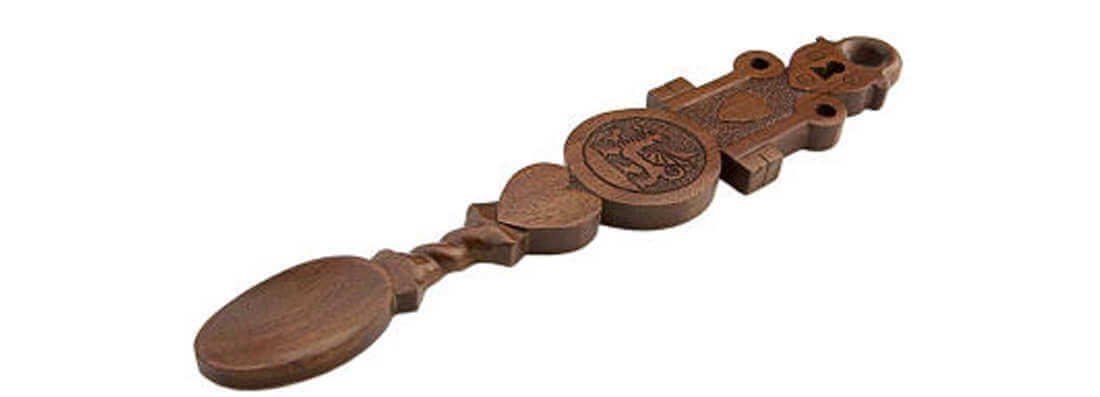
Lovespoons
Origin: Wales
Originally these were hand carved by young men in order to court women.
The spoons were given to a man's lady of interest to court her and express his desire to feed and support her.
Now lovespoons are often exchanged on a couple's wedding day to commemorate their love.
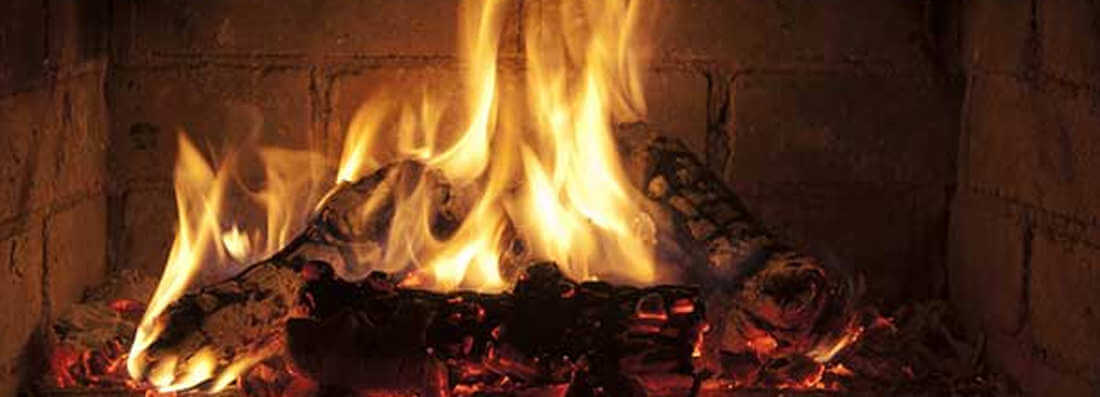
Carrying Fire
Origin: South Africa
In South Africa, the parents of the bride and the parents of the groom bring fire from the hearths of their homes to the home of the newlyweds.
By lighting the hearth at the home of the newlyweds,
the two households are joined
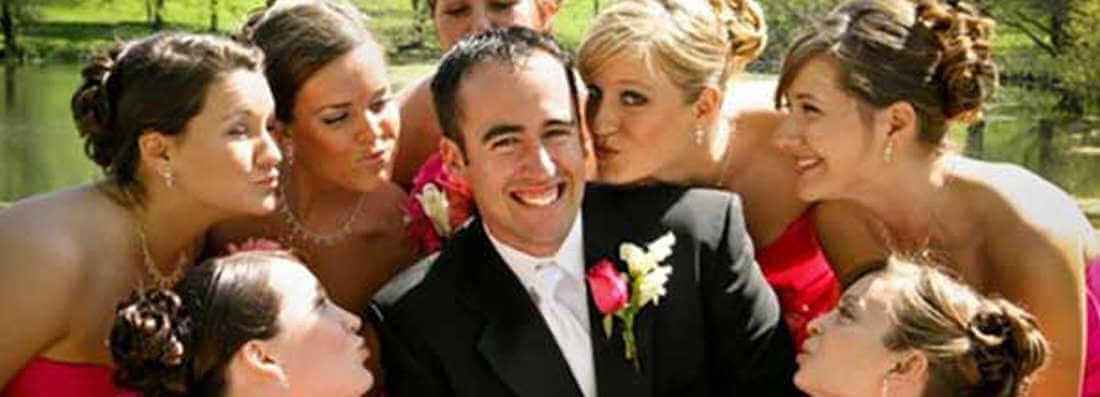
Kissing the Newlyweds
Origin: Sweden
Newlyweds in Sweden may be kissing more than each other on their wedding night.
If the bride leaves the room for any reason, other women are allowed to kiss the groom.
Same goes if the groom leaves the room for any reason.
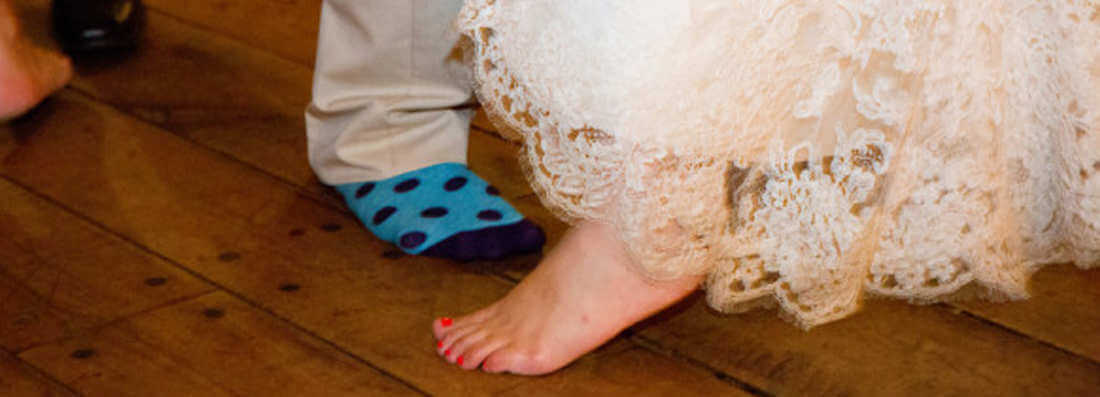
Dancing Feet
Origin: Ireland
During traditional Irish Weddings, the bride had to keep at least one foot on the ground at all times while dancing
If both feet left the floor at the same time,
legend had it that fairies would swoop under the bride and carry her away.
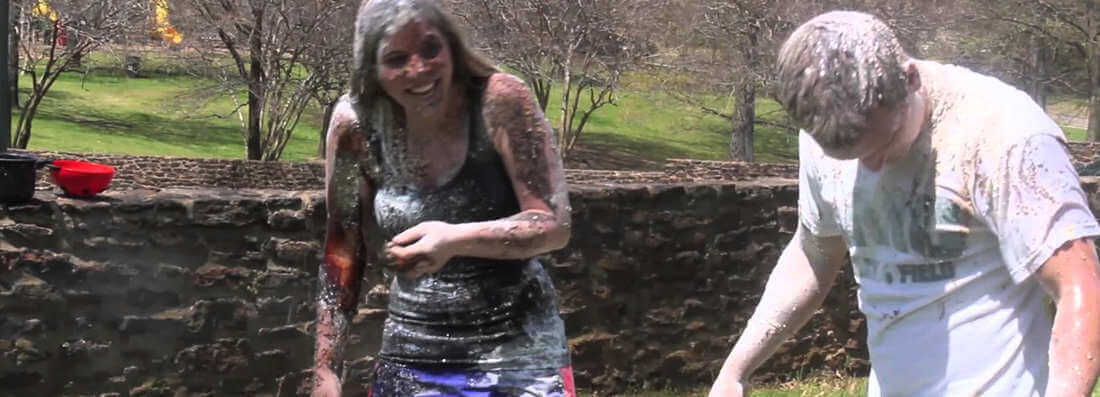
Blackening the Bride and Groom
Origin: Scotland
This originated as a practice to ward off evil spirits and bring good lick before marriage.
The bride and / or groom is captured by friends and family the day before the wedding and covered in soot, mud, flour, feathers and other sticky substances,
and loudly paraded around town. Sometimes the victim ends up tied to a tree or post, or thrown in a body of water
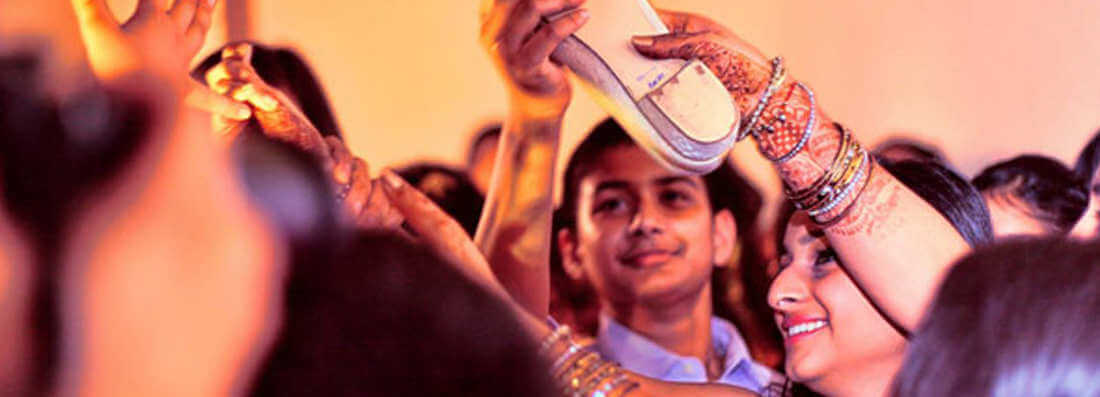
Stealing the Groom's Shoes
Origin: India
When the groom enters the mandap for the ceremony, he must take off his shoes.
The unmarried girls from the bride's side steal and hide them. The men on the groom's side must try to steal them back or find them.
before the groom can leave the mandap he must put on his shoes, so the girls will often ransom the shoes to someone on the groom's side.
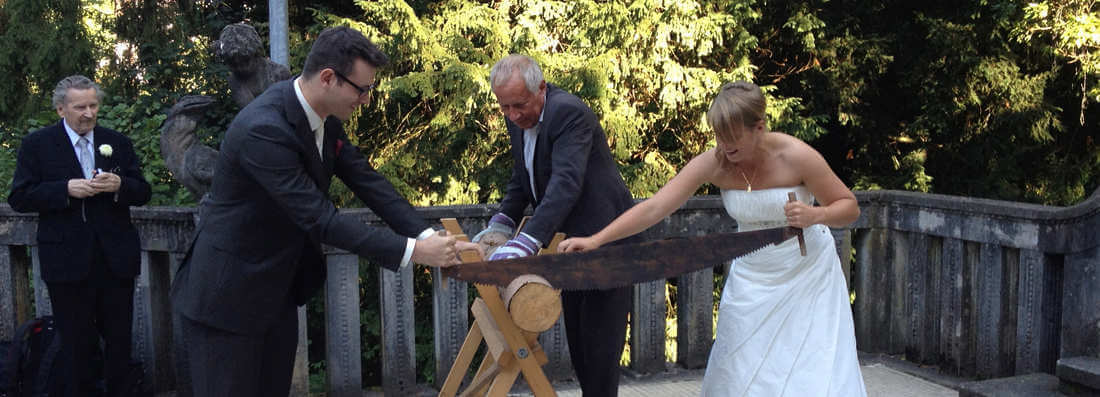
Cutting a Log
Origin: Germany
After the traditional wedding ceremony, bride and groom work together to saw a log in half.
This represents the first obstacle the couple must face in their marriage and symbolizes how by working as a team,
they can accomplish difficult tasks.
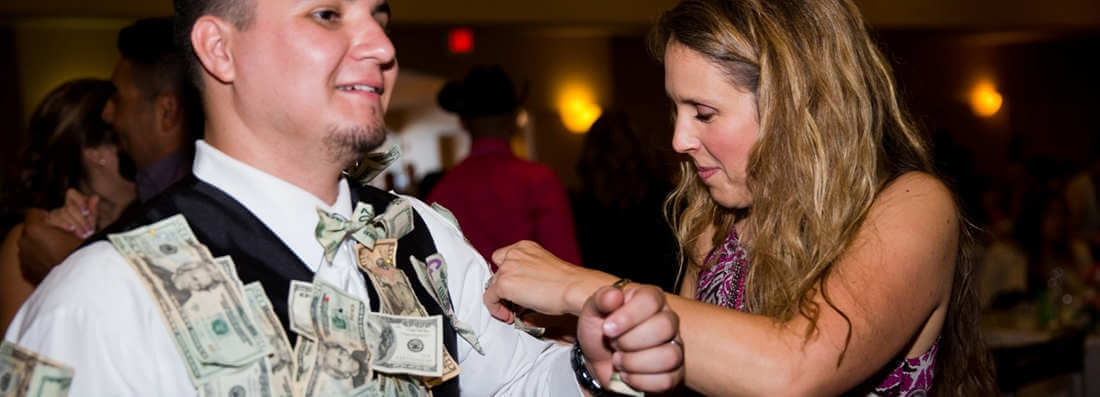
Money Dance
Origin: Greece
In Greece, the bride and groom have to dance for their wedding gifts.
In the customary money dance, the newlyweds share a dance together while their friends and family come up and pin money to their clothes,
drape money over them, or adorn them with money crowns.
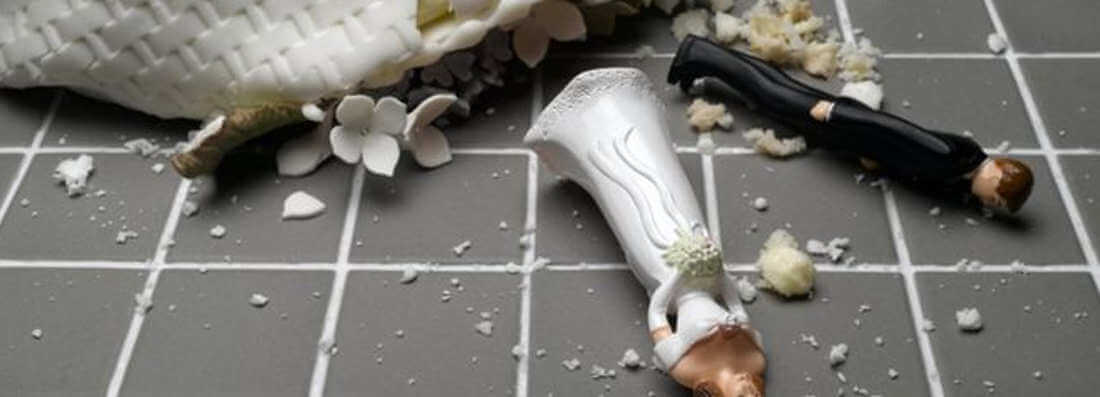
Breaking a White Bell
Origin: Guatemala
A white bell filled with rice and flour is placed at the entrance of the reception hall.
This represents prosperity and abundance for the newlywed couple.
To welcome the bride and groom to the reception, the groom's mother breaks the bell over their heads.
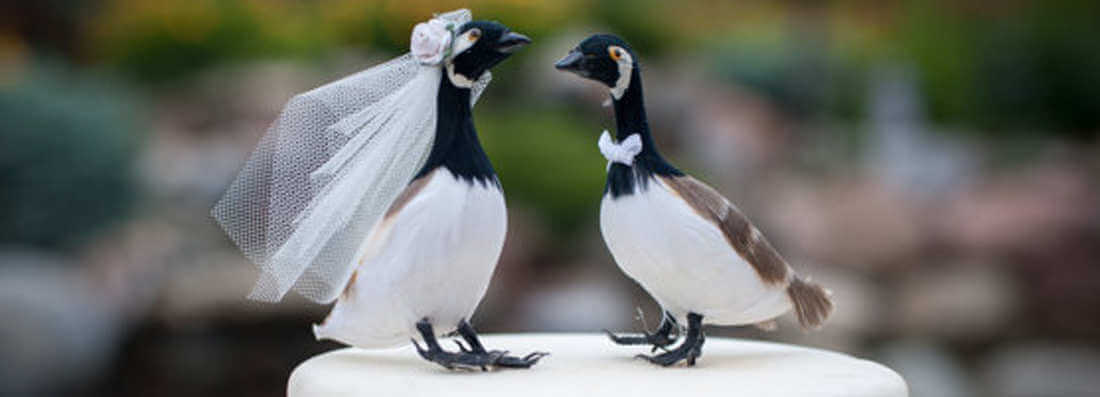
Getting a Goose
Origin: Korea
The wild goose is an important symbol because it keeps the same partner for life.
Before the ceremony, the groom presents a wooden goose to the bride's mother as a promise of lifelong fidelity.
In the past, grooms used to present live wild geese.
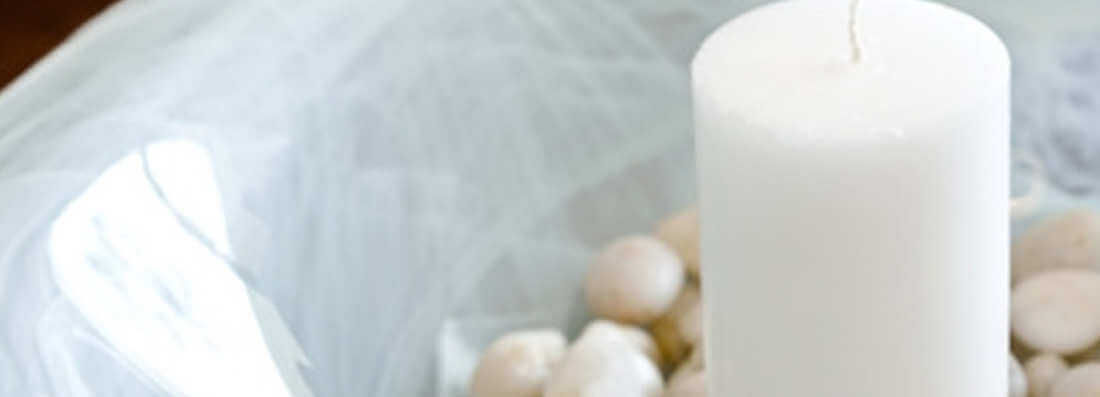
Unity Bowl
Origin: Australia
Guests are given stones or marbles to hold throughout the wedding. At the end of the ceremony the stones are placed in the unity bowl, which the couple will take home as a reminder of their friends' and families' support.
Sometimes different coloured stones are given to each generation, and stones are placed in the bowl from the oldest to youngest to build a strong foundation for the couple.
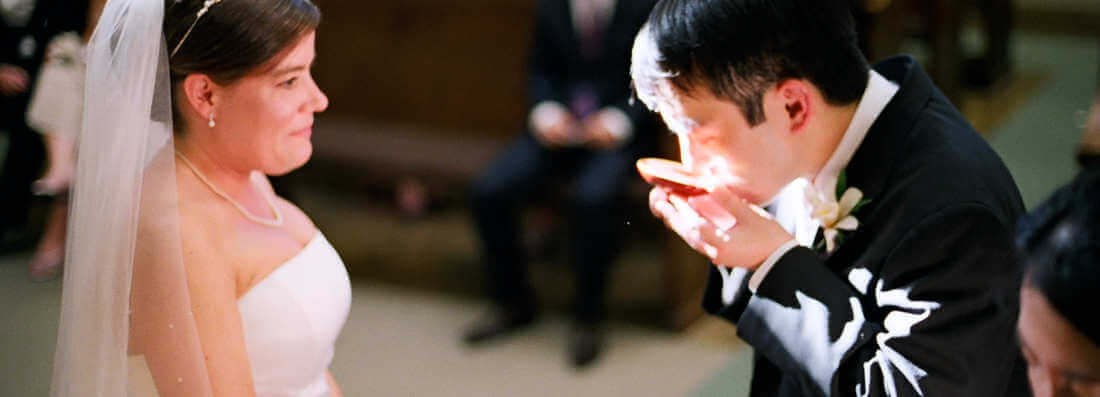
Sake Sharing Ceremony
Origin: Japan
The bride, groom and both sets of parents take three sips of sake from each of the three cups of sake.
The first cuprepresents the three couples partaking in the ceremony, the second represents the three human flaws: Hatred, Passion and Ignorance,
The third represents deliverance from these flaws.
share with a friend who is getting married
Let Gerrys 40 years Experience Enhance Your Wedding Day
Gerry Duffy has produced over 2000 Wedding Videos since 1979, and now you can avail of his vast Experience in Weddings - to enhance Your own wedding.
Gerry would be delighted to have a chat with you on the phone, or to sit over a coffee, and help you with recommendations for Suppliers of any other type of Wedding Services that you are trying to find.
Organising a wedding is a daunting task, but you will find the PARTNERS page on this website, to be a terrific source of help. On it, you can contact any of Gerrys recommended suppliers, and If you still havent found what you need; call Gerry on 087-2586-400; Gerry is sure to be able to help you.

